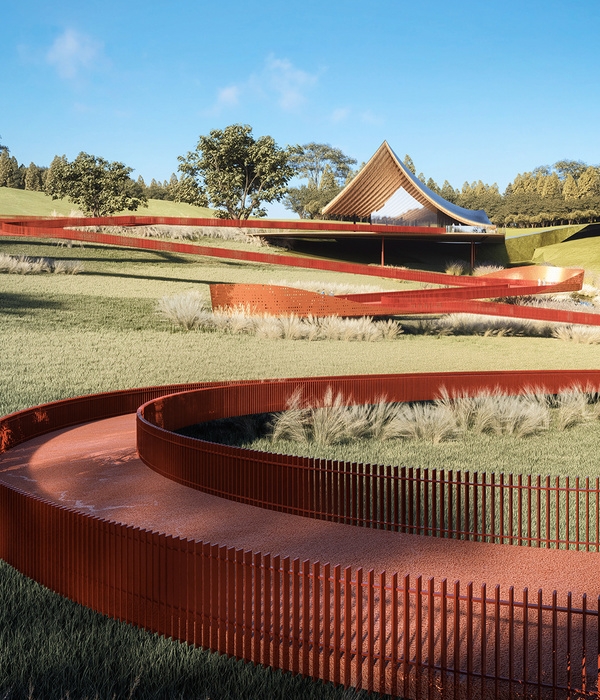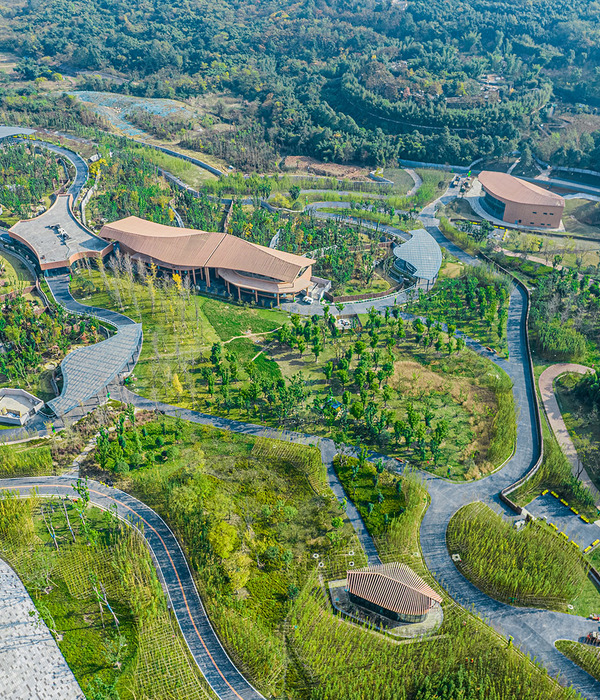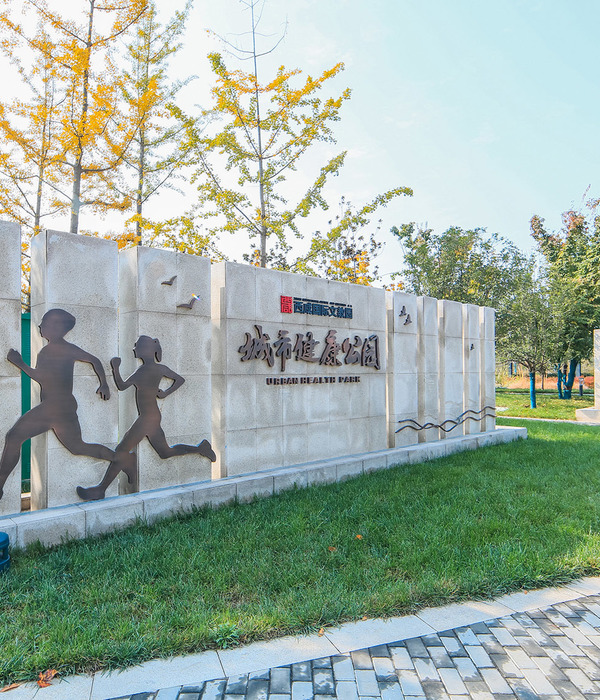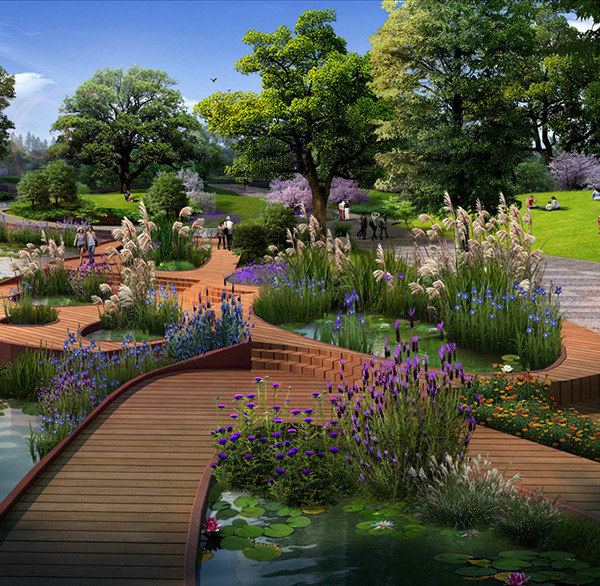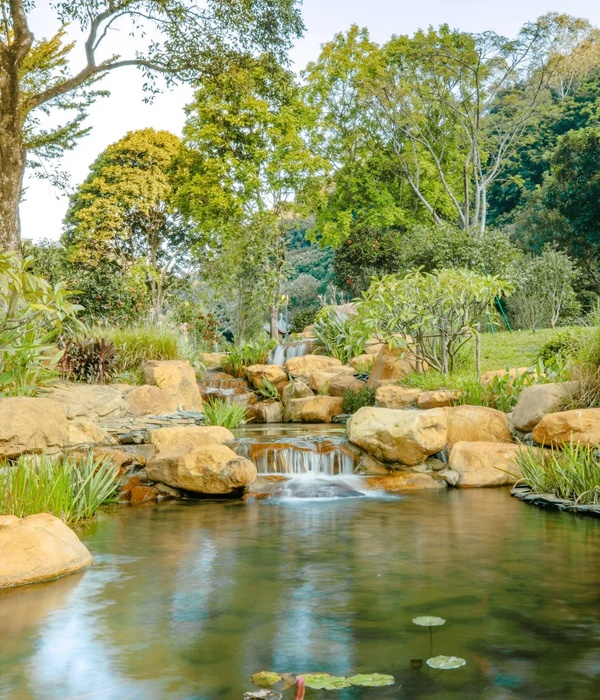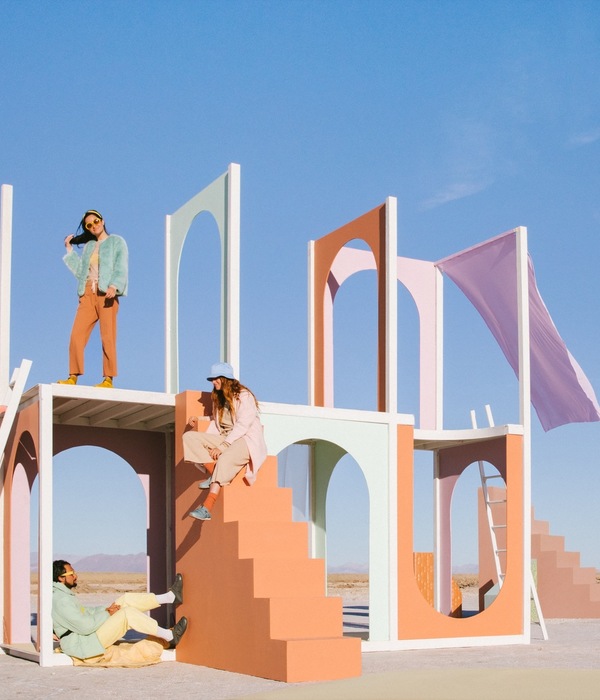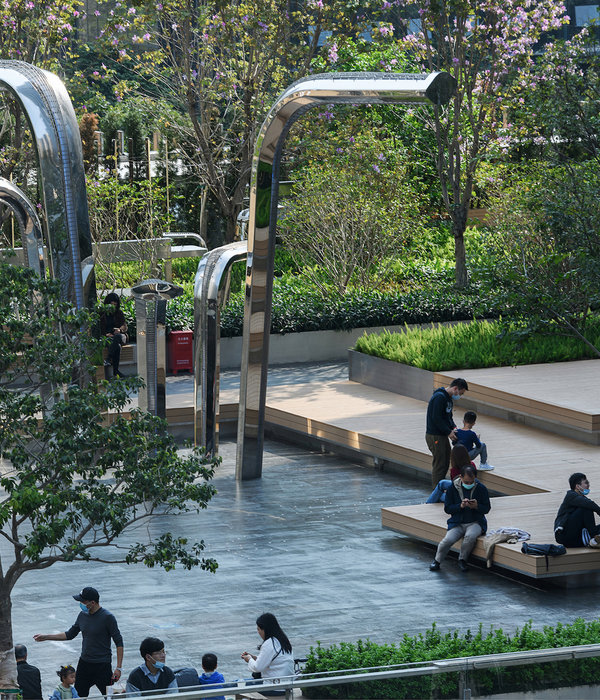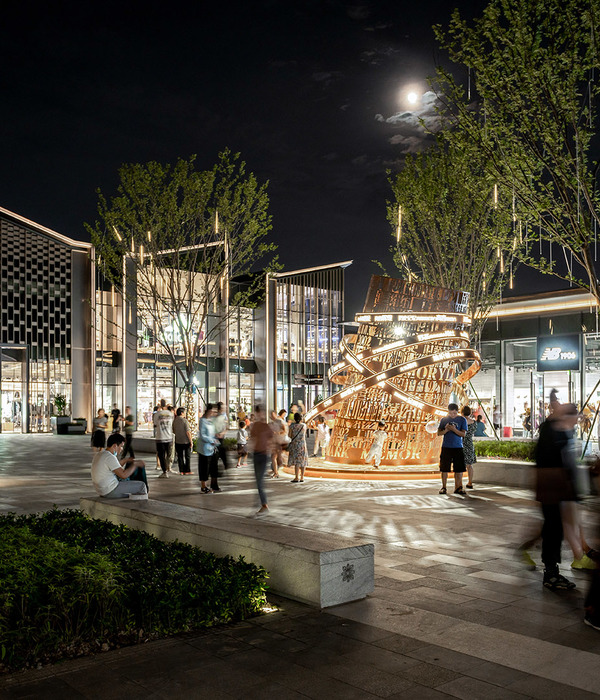A contemporary look for a long-established forest park. The name, Opeongo, derives from the Anishnaabe word opeauwingauk (sandy narrows); it refers to Canada’s Indigenous people and their deep love for nature. The Opeongo Pavilion is located in Parc du Mont-Orford, a true gem amid lakes, mountains, and forest, an hour drive from Montréal. The park is run by the SÉPAQ (Société des établissements de plein air du Québec), which is responsible for Québec’s extensive park network.
In the early 2010s, SÉPAQ went through major changes, favoring contemporary rather than traditional approaches for its new buildings. Several firms were hired, among them the firm of Anne Carrier architecture, which was mandated to design three new service buildings for the Parc du Mont-Orford: Le Bonnallie, Opeongo, and Le Cerisier. Creating a distinctive architectural signature for the park was an exciting challenge for the architectural team. However, they would need to win over visitors accustomed to traditional chalet-style visitor centers.
The Centre de services Opeongo, next to Fraser Lake, serves swimmers and watersports enthusiasts. It replaces a facility that burned in 2016. The 230-square-meter building comprises three distinct structures. The main space, mostly transparent, includes a reception area that expands into an outdoor patio overlooking the lake. The second structure is open on a seasonal basis, and it serves mainly for watersports equipment storage; it is also where rentals can be arranged and where users have locker rooms. The third structure is directed to beach activities, with washrooms and a first-aid station.
The pavilion’s form and location resulted from a careful study of the site and the activities that take place in and around it. Another major consideration was direct access to views of the lake. In keeping with SÉPAQ’s wishes, wood was used everywhere, and this helped the pavilion fit into the natural environment. A slim roof connects the structures, protecting users from direct sun and inclement weather. The openings are indicated by pale, smoother cedar, contributing to a coherent reading of the building.
“Whenever we get the opportunity to design a building in natural settings, we use the site’s features as our main sources of inspiration,” says architect Anne Carrier. In Parc du Mont Orford, her team opted for natural wood, as a structural element and as cladding, both interior, and exterior.
Structural wood decking was chosen for its thinness and load-bearing capacity, enabling the architects to modulate the roofs with respect to sightlines and sun exposure. Dark cedar cladding was mostly used as rainscreen and to ventilate the seasonal buildings. Wood textures, hues, and variations transform the pavilion throughout the day. At night, the airy cladding makes the central area seem to glow in the night.
The Centre de services Opeongo won an award of excellence from Cecobois in 2019. A jury comment aptly described the project’s intentions: “With its generous overhangs, its carefully designed columns, both outside and inside—where they are protected by a curtain wall—the durability of the structural elements and wood cladding is not in doubt. Apart from demonstrating the designers’ significant efforts to achieve sustainability, the project is notable for its amazingly elegant thin roof.”
{{item.text_origin}}




